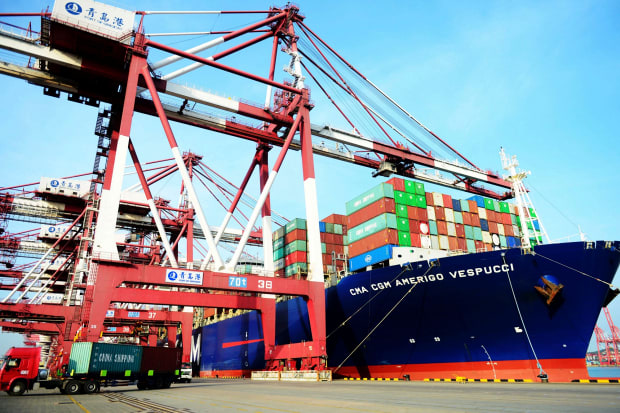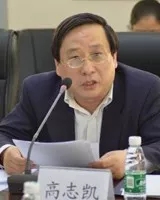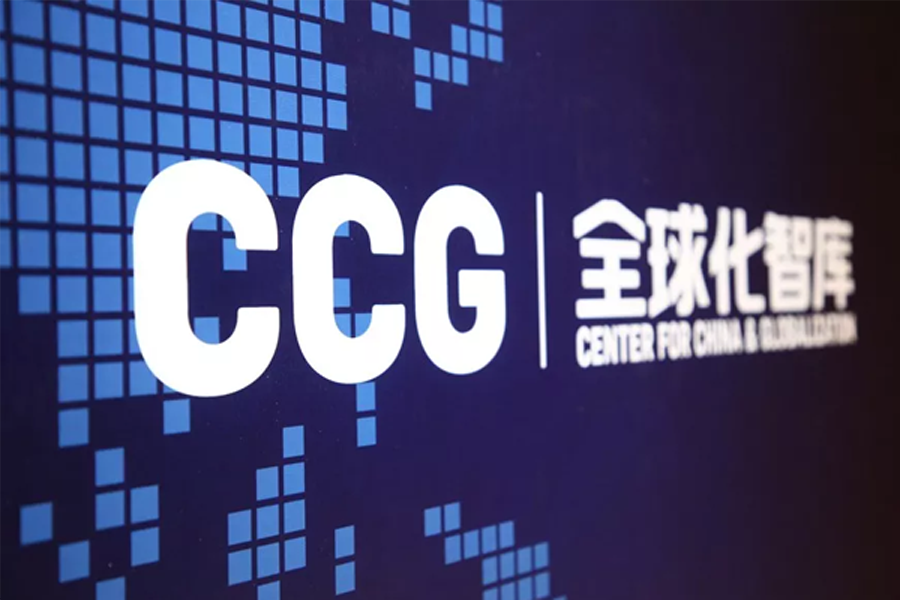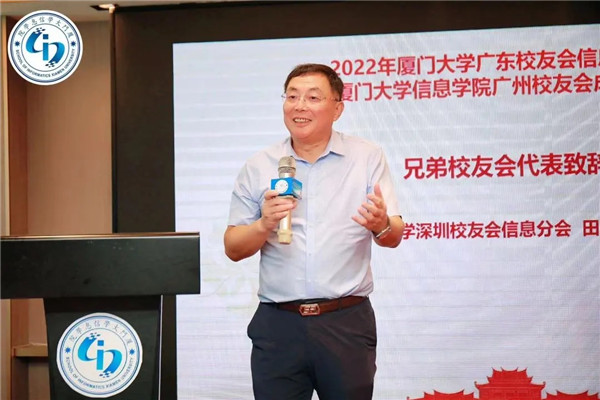Victor Gao: Here’s a win-win zero-tariffs trade deal
2019年1月22日
Here’s a win-win zero-tariffs trade deal that Donald Trump and Xi Jinping should shake on

By Victor Gao, vice president of CCG
How the United States and China deal with each other in 2019 is of vital importance, as it will have an impact not only on these two countries, but on the world as a whole.
The US-China trade war, unprecedented in scale and severity, has further increased the risks to peace and development. Fortunately, US President Donald Trump and Chinese President Xi Jinping met in Argentina on December 1, and agreed to a three-month truce before more tariffs would be imposed on Chinese exports to the US.
Towards the end of December, Trump and Xi had a pleasant phone call and exchanged New Year greetings. In early January, the Chinese and US teams met in Beijing for extensive dialogue to hash out the details and narrow the differences on trade.
Although there was no joint communique after this round of working-level talks, it is expected that Chinese Vice-Premier Liu He will visit Washington before the end of January for higher-level dialogue, and that Xi and Trump will review the results of this dialogue and decide how China-US relations should proceed.
The world is holding its breath for what may or may not happen. The general expectation is that, for their mutual benefit as well as global economic peace, it is better for the US and China to move on from the trade war to what matters the most: development.
It is important to note that, although the trade war involves mostly tariffs and should be more accurately called the tariff war, the fundamental issue facing the US is equal, unhindered access to the Chinese market, which has become the world’s largest consumer market.
To help China and the US strike a better deal, I propose a reciprocal zero-tariff agreement.
Some background: In bilateral trade between the world’s two largest economies, there is a huge imbalance against the US. While the exact statistics differ between China and the US (because of the different benchmarks used), for argument’s sake, let us consider the most recent Chinese customs data.
In 2018, US imports to China rose to US$155.1 billion and Chinese exports to the US to US$478.4 billion, which means that the US is running a trade deficit of US$323.3 billion (and China, a surplus of US$323.3 billion). Such a large imbalance is obviously not conducive to the constructive development of China-US relations.
Yet, while Trump has emphasised the importance of balanced trade, it may not be realistic to expect an instant rebalancing, given the strong interconnectedness between the two economies.
Over the past year, the Chinese and US trade delegations have largely been involved in bean counting. As important as that may be, it is high time to get a macro and fundamental perspective of bilateral trade. This is the rationale behind the reciprocal zero-tariff arrangement between China and the US, which would include the following key points.
1. Reciprocity: China and the US would impose zero tariffs on imports or exports between each other, in the amount of US imports to China. The figure would be adjusted every year, according to changes in US imports to China. So, for the past year, for example, China and the US would qualify for zero tariffs on US$155.1 billion of Chinese goods exported to the US and US$155.1 billion of US goods imported to China.
2. Tariff exemption or otherwise: A sizeable amount of Chinese exports to the US (around US$150 billion) are manufactured by US companies operating in China. The US government could use its discretion in granting tariff exemptions to these US companies or levying certain tariffs on their goods.
3. Normal tariffs or otherwise: for the remainder of Chinese exports to the US, the US could levy normal tariffs, the lowest possible tariffs, or zero tariffs.
4. Annual readjustment: As the amount of US imports to China would be used as the benchmark for the reciprocal zero-tariff agreement, the agreement would be adjusted according to the amount every year.
Under this arrangement, both the US and China would be winners and there would be more balanced and sustainable trade between them. For the US, one key advantage of this arrangement is guaranteed greater access to the increasingly important Chinese market.
There is no doubt that this arrangement would result in more US goods being imported to China, which would help create more jobs in the US. Initially, China could be uneasy about granting zero tariffs to all imports from the US, especially agricultural goods, but let us hope that both China and the US recognise the greater good that could be brought about by this arrangement.
If this becomes a reality, both Xi and Trump should get recognition for their wisdom, vision and courage. While former US President Richard Nixon has been hailed as the leader who opened the door to China, Trump could go down in history as the one who opened up a zero-tariffs Chinese market for US goods, thanks to his repeated emphasis on reciprocity and fairer access to the Chinese market.
This could be a happy, win-win arrangement for the people of China and the US, who would be able to put the trade war behind them and rededicate themselves to expanding economic engagement between China and the US for mutual benefit. There is no doubt the world will be a better and safer place with more trade, and fairer and more sustainable trade, between the two largest economies.
Victor Gao, vice president of Center for China and Globalization(CCG), the chairman of China Energy Security Institute.
From SCMP,2019-1-18






